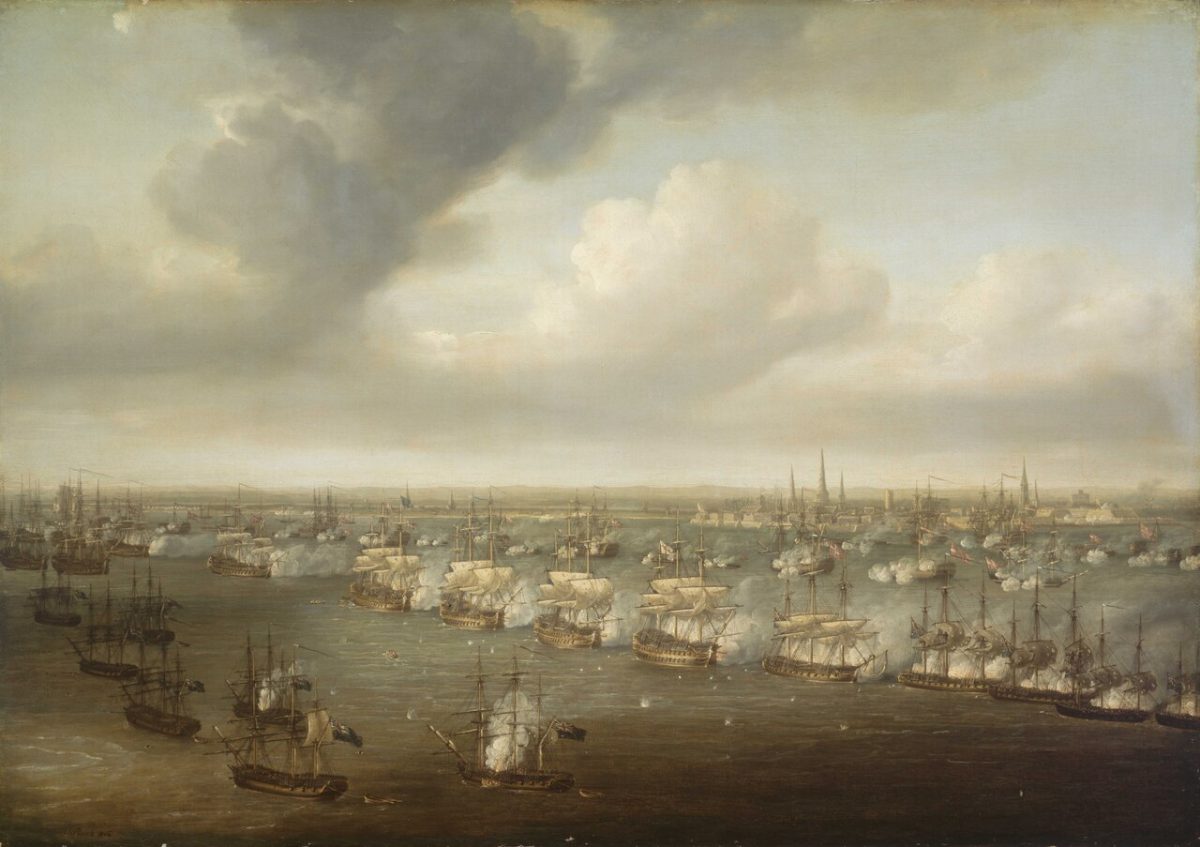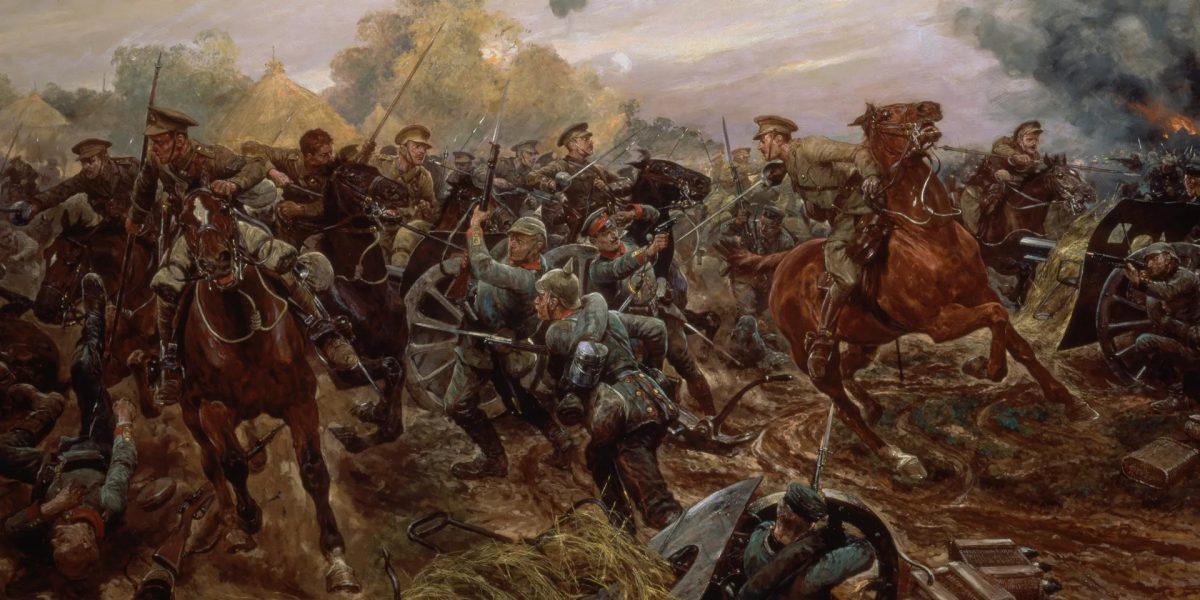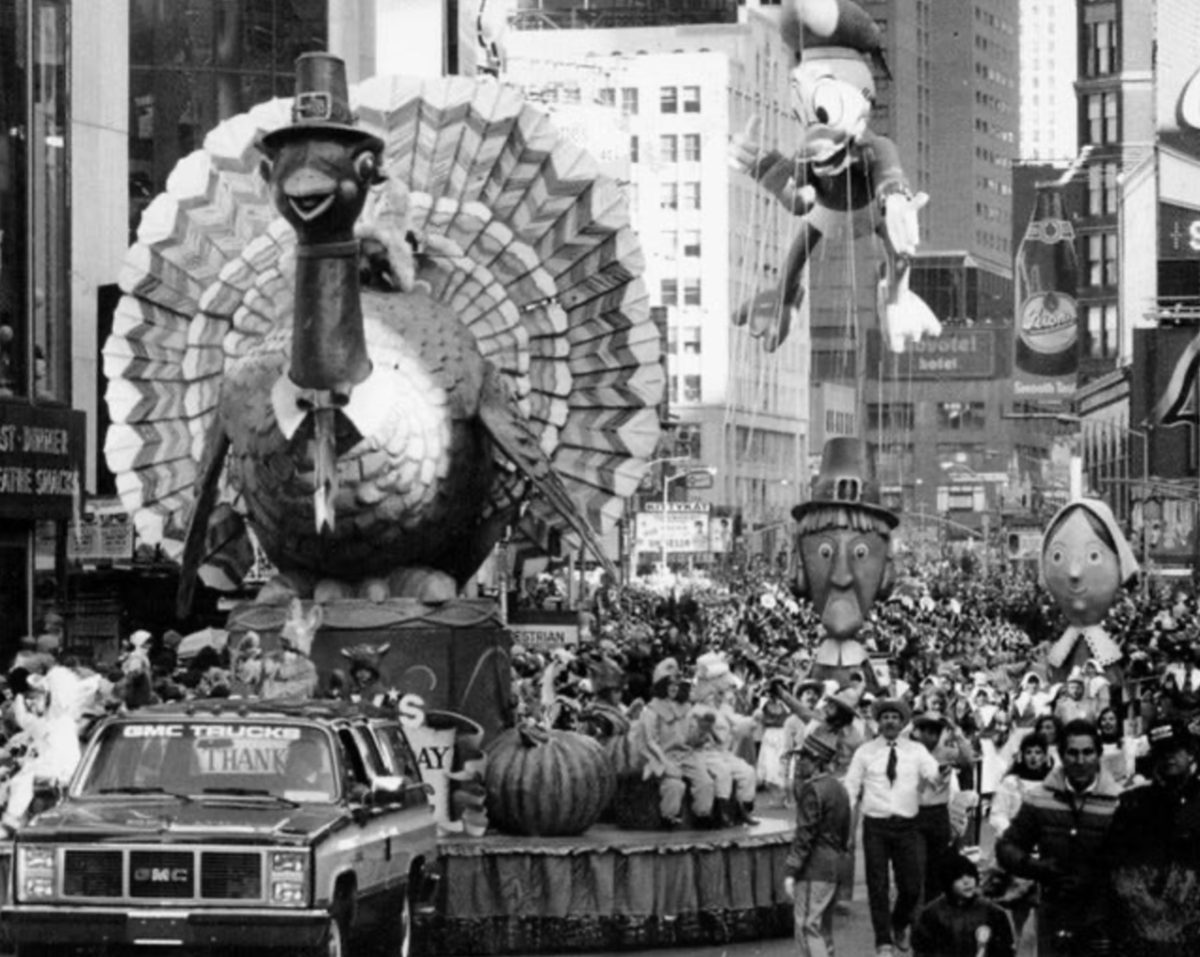Who was the greatest naval commander in history? People often say that it was Chester
Nimitz or John Paul Jones, but perhaps the greatest naval commander was Admiral Horatio
Nelson. While his finest hour was considered by many to be at his final battle at Trafalgar,
another one of his greatest victories was at the Battle of Copenhagen in 1801.
The buildup to the Battle of Copenhagen started in 1789, when angry Frenchmen started
the French Revolution. Influenced by the Enlightenment and a desire to gain power, the
bourgeoisie ended up deposing and then executing King Louis XVI. This was a significant threat
to the other powers of Europe, who relied upon absolutism to control their nations. They did not
want their own countries to revolt and execute them. In addition, the French Republic started
waging war against the other powers of Europe, namely the Holy Roman Empire, which was
controlled by the Austrian Habsburgs.
Amid the chaos stepped in two of the greatest commanders in military history. The more
famous was young Napoleon Bonaparte, the greatest battlefield commander of the age, who
took control of the French Army. But only slightly less well known was a young Brit from
Norwich, Horatio Nelson, who commanded the Royal Navy forces.
By the time of the Battle of Copenhagen, Admiral Horatio Nelson was already famous and
well into his career. He had commanded several ships, won many battles including the Battle of
Cape St. Vincent, and was the second-in-command of the Channel Fleet under Sir Hyde Parker.
Parker and Nelson were tasked by the Admiralty to deal with an impending crisis in the
Baltic. Denmark, whose territory at the time included Jutland, Schleswig, Holstein, Norway,
Iceland, and Greenland, was refusing to allow the Royal Navy to blockade France through the
Baltic, allowing Napoleon to have access to that waterway. It was essential to push Denmark out
of the way. In order to do this, Parker and Nelson led their fleet to Copenhagen to engage the
Danes in pitched battle.
Nelson chose the 12 ships of the line with the lowest drafts to lead the attack. Copenhagen
Harbor is very shallow, and Nelson did not want his ships to run aground. Ships of the line were
the dreadnoughts of their day, armed with sometimes up to 100 cannons and propelled by
massive sails and crewed by hundreds. Their destructive power was unparalleled at the time.
Unfortunately, the British were vastly outnumbered. The entire Danish fleet had the
advantage of harbor defenses as well as an advantage in guns. The Danes also ran some extra
ships aground as floating batteries on artificial islands that gave them an extra advantage.
Additionally, the Danes had developed bomb ships, which were unmanned craft that they sailed
towards the British fleet and exploded. Due to the shallow water, the British ships couldn’t even
get close to the Danish ships. The British ships had to engage from extreme range. Still, most of
the cannons found their marks. The battle was fought to a standstill, with each side pummeling
the other for little gain. There was heavy bloodshed on both sides, but it was going significantly
worse for the British. Admiral Parker, who was in the rear, realized that the British were losing.
He knew that Nelson was bound by British naval law to keep fighting until given the order to
retreat. In order to save the lives of his men and as many ships as possible, he gave the order.
On the deck of HMS Elephant, Nelson saw the signal flag. He turned to his flag officer and said,
“You know, Foley, I only have one eye – I have the right to be blind sometimes.” Then he placed
his telescope on his blind eye and said, “I really do not see the signal!”
However, one of Nelson’s captains did see the signal and obeyed. His ship was torn to
pieces by Danish gunfire as he tried to back away.
Meanwhile, Nelson was finally gaining the upper hand in the battle. Due to sustained
damage, the southernmost ships in the Danish Navy weren’t firing as heavily. Nelson led his
fleet forward, and immediately the Danish fleet started dispersing. Evidently they realized they
couldn’t win at close quarters with the damage they had sustained.
Once the Danish fleet had started to surrender and disperse, Nelson sent out a boat with a
message to the Crown Prince:
To the Brothers of Englishmen, the Danes:
Lord Nelson has directions to spare Denmark when she is no longer resisting, but if firing is
continued on the part of Denmark, Lord Nelson will be obliged to set on fire the floating batteries
he has taken, without having the power of saving the brave Danes who have defended them.
— Nelson
This concluded the battle. Damage was heavy on both sides. Several British ships,
including HMS Elephant, ran aground. The Danish flagship actually exploded. Several Danish
ships were sunk or captured. The Danes lost between 1300 and 2200 men, as documentation
was incomplete and most were volunteers. The British suffered 963 casualties. The British Navy
captured so many ships they had to scuttle most of them.
The Battle of Copenhagen, while not the finest hour for Horatio Nelson, was still a great and
glorious one for the British Empire. We’ll remember it always. Rule Britannia!
















